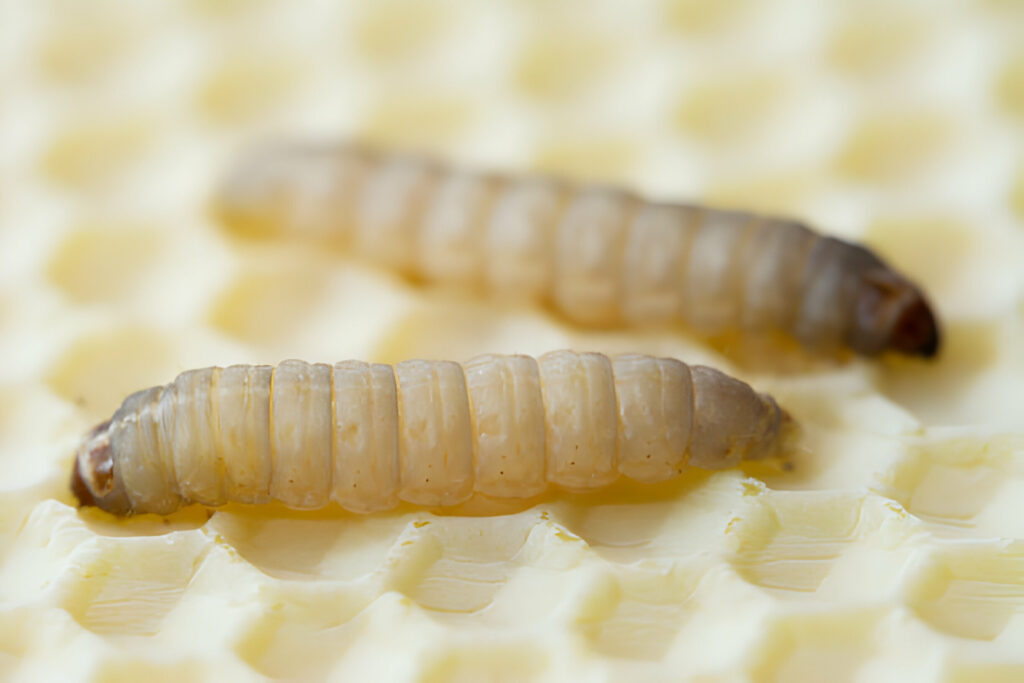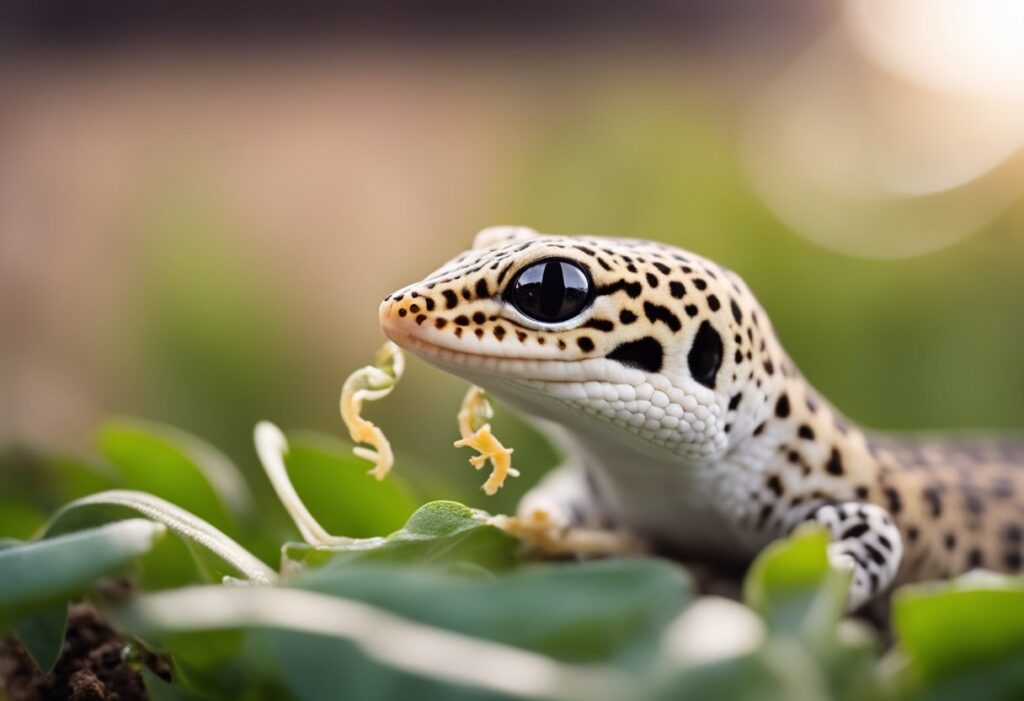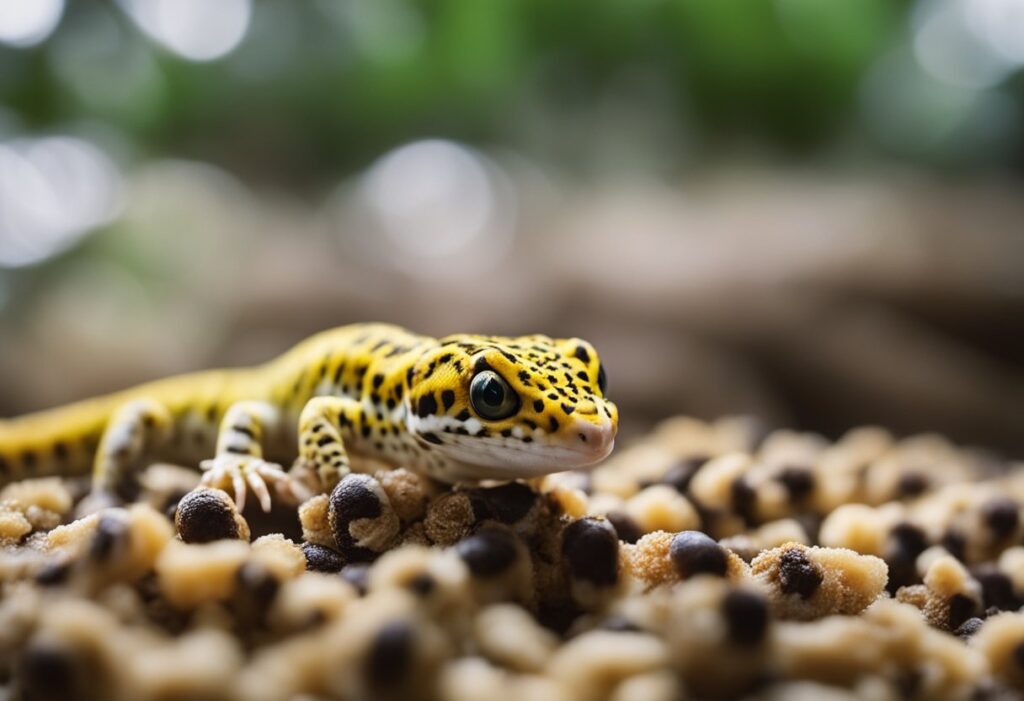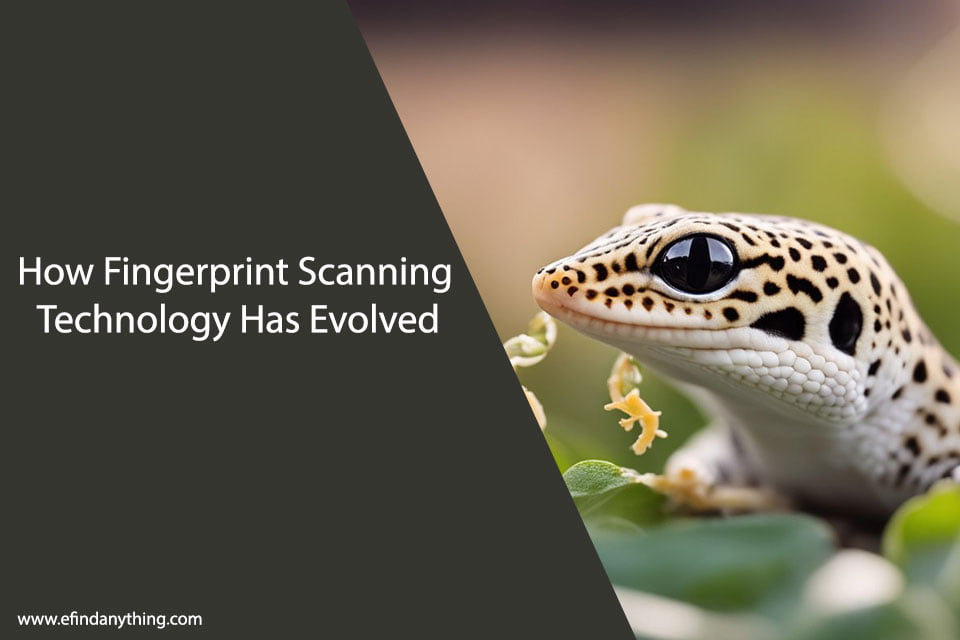Leopard geckos are one of the most popular pet reptiles, known for their docile nature and unique appearance. As with any pet, it is important to provide them with a healthy and balanced diet. One question that often arises for leopard gecko owners is whether or not their baby geckos can eat wax worms.
Wax worms are a popular feeder insect for many reptiles, including leopard geckos. However, it is important to note that they should only be fed in moderation as they are high in fat. Baby leopard geckos have different dietary needs than adult geckos, so it is important to ensure that they are getting the proper nutrition. In this article, we will explore whether or not baby leopard geckos can safely consume wax worms and provide some tips for feeding them to your gecko.
Table of Contents
Nutritional Needs of Baby Leopard Geckos

As responsible pet owners, we want to ensure that our baby leopard geckos are receiving a balanced and nutritious diet. In order to do so, it’s important to understand their specific nutritional needs.
First and foremost, baby leopard geckos require a diet that is high in protein. In the wild, they primarily feed on insects such as crickets, mealworms, and wax worms. These insects are a great source of protein and should make up the majority of their diet.
It’s important to note that while wax worms are a great treat for adult leopard geckos, they should be fed in moderation to baby leopard geckos. This is because wax worms are high in fat and low in other essential nutrients. Feeding too many wax worms can lead to obesity and other health issues.
In addition to protein, baby leopard geckos also require a source of calcium and other essential vitamins and minerals. This can be provided through a variety of supplements, including calcium powder and multivitamin powder.
It’s important to ensure that the supplements are specifically formulated for leopard geckos and are administered in the correct dosage. Over-supplementing can be just as harmful as under-supplementing.
Overall, a balanced diet consisting of a variety of insects and the appropriate supplements is key to ensuring the health and well-being of our baby leopard geckos. As always, consult with a veterinarian or experienced reptile owner if you have any concerns or questions about your gecko’s diet.
Understanding Wax Worms

Composition of Wax Worms
Wax worms are the larvae of the wax moth and are commonly used as a treat for reptiles. They are high in fat and protein, and low in calcium. A 100-gram serving of wax worms contains approximately 23 grams of protein, 15 grams of fat, and only 20 milligrams of calcium.
Benefits and Risks of Feeding Wax Worms to Baby Geckos
Feeding wax worms to baby leopard geckos can provide them with a high source of protein and energy. However, it is important to note that wax worms should not be the sole food source for baby geckos, as they lack the necessary calcium content for proper growth and development.
Additionally, feeding wax worms to baby geckos in excess can lead to obesity and other health problems. It is recommended to only feed wax worms as an occasional treat and to provide a balanced diet of crickets, mealworms, and calcium-rich supplements.
Overall, while wax worms can be a tasty treat for baby leopard geckos, it is important to feed them in moderation and ensure a balanced diet for proper growth and development.
Feeding Guidelines for Baby Leopard Geckos

As responsible pet owners, it’s crucial to provide our baby leopard geckos with a well-balanced and nutritious diet. In this section, we will discuss the appropriate diet for growth, how often to feed wax worms, and portion sizes for baby geckos.
Appropriate Diet for Growth
To ensure the proper growth and development of baby leopard geckos, their diet should consist of a variety of insects. Some of the recommended insects include crickets, mealworms, and wax worms. However, it’s important to note that wax worms should not be the primary source of food for baby geckos, as they are high in fat and low in nutrients.
How Often to Feed Wax Worms
Wax worms can be fed to baby leopard geckos as an occasional treat, but they should not make up a significant portion of their diet. We recommend feeding wax worms to baby geckos no more than once a week, as overfeeding can lead to obesity and other health issues.
Portion Sizes for Baby Geckos
When feeding wax worms to baby leopard geckos, it’s essential to provide them with an appropriate portion size. We recommend feeding no more than two to three wax worms at a time, depending on the size of the gecko. Overfeeding can lead to digestive issues and other health problems, so it’s crucial to monitor the amount of food given to baby geckos.
In conclusion, while wax worms can be a tasty treat for baby leopard geckos, they should not make up a significant portion of their diet. It’s essential to provide a well-balanced and varied diet to ensure the proper growth and development of our gecko pets.
Safe Feeding Practices
Preparation of Wax Worms
When feeding baby leopard geckos, it is important to ensure that the wax worms are properly prepared. Wax worms should be purchased from a reputable source and stored at the correct temperature to prevent spoilage. Before feeding, the wax worms should be gut-loaded with nutritious food such as carrots or sweet potatoes to ensure that they provide optimal nutrition for your gecko.
Monitoring Your Gecko’s Health
It is important to monitor your baby leopard gecko’s health when feeding it wax worms. Overfeeding can lead to obesity and other health issues, while underfeeding can result in malnourishment. It is recommended to feed baby leopard geckos small amounts of wax worms every other day, and to monitor their weight and overall health regularly. If you notice any changes in your gecko’s behavior or health, contact a veterinarian immediately.
Avoiding Overfeeding
Overfeeding can be a common issue when feeding baby leopard geckos wax worms. It is important to avoid overfeeding to prevent obesity and other health issues. One way to avoid overfeeding is to offer small amounts of wax worms at a time, and to remove any uneaten worms after 10-15 minutes. It is also important to provide a balanced diet that includes other insects and vegetables, in addition to wax worms.
By following these safe feeding practices, we can ensure that our baby leopard geckos receive optimal nutrition and maintain good health.
Alternatives to Wax Worms

Other Insect Options
While wax worms are a popular treat for leopard geckos, there are other insect options that can provide a variety of nutrients and prevent overfeeding. Some of these options include:
- Crickets: Crickets are a staple in many leopard gecko diets. They are high in protein and can be dusted with calcium powder to provide additional nutrients.
- Dubia Roaches: Dubia roaches are a great alternative to crickets. They are high in protein, low in fat, and easy to digest.
- Mealworms: Mealworms are a common feeder insect for leopard geckos. They are high in protein and can be gut-loaded with nutritious foods to increase their nutritional value.
Supplementing the Diet
It is important to supplement your leopard gecko’s diet with calcium and vitamins to ensure they are getting all the nutrients they need. You can dust their food with a calcium supplement powder or provide a calcium supplement in a dish. Vitamin supplements can also be provided in a dish or added to their food.
It is important to note that while treats like wax worms can be a fun addition to your leopard gecko’s diet, they should not make up the majority of their food intake. A balanced diet of feeder insects and supplements is essential for their health and well-being.
Frequently Asked Questions
How often should baby leopard geckos be fed wax worms?
Baby leopard geckos should not be fed wax worms every day. Wax worms are high in fat and should be given as a treat rather than a staple in their diet. We recommend feeding wax worms to baby leopard geckos once or twice a week.
What is the recommended quantity of wax worms for a baby leopard gecko per feeding?
The recommended quantity of wax worms for a baby leopard gecko per feeding depends on the age and size of the gecko. As a general rule, we suggest feeding baby leopard geckos no more than 2-3 wax worms per feeding.
Are wax worms a suitable staple in the diet of baby leopard geckos?
No, wax worms are not a suitable staple in the diet of baby leopard geckos. Wax worms are high in fat and low in nutrients, and should be given as a treat rather than a primary food source. A balanced diet for baby leopard geckos should consist of a variety of insects, such as crickets, mealworms, and dubia roaches.
What other insects can be included in a baby leopard gecko’s diet for balanced nutrition?
In addition to wax worms, baby leopard geckos can be fed a variety of insects for balanced nutrition. Some of the best options include crickets, mealworms, dubia roaches, and phoenix worms. It’s important to offer a variety of insects to ensure that your gecko is getting all of the necessary nutrients.
Can baby leopard geckos safely consume dead wax worms?
Yes, baby leopard geckos can safely consume dead wax worms. However, it’s important to make sure that the wax worms are fresh and have not been sitting out for too long. Dead wax worms can quickly become contaminated with bacteria, which can be harmful to your gecko.
What feeding schedule is optimal for baby leopard geckos to ensure proper growth?
To ensure proper growth and development, baby leopard geckos should be fed small meals frequently throughout the day. We recommend feeding baby leopard geckos 2-3 times per day, with a mix of insects and calcium powder. It’s important to monitor your gecko’s weight and adjust their feeding schedule as needed.





